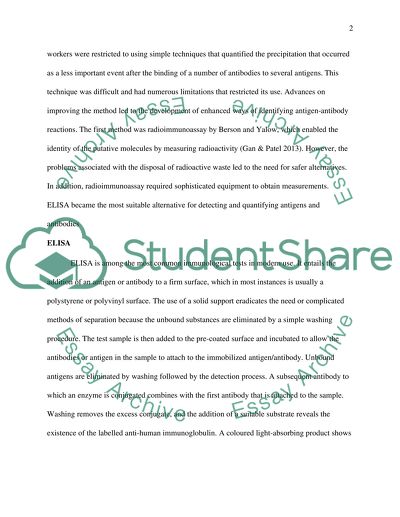Cite this document
(“Clinical immunology lab report (ELISA) Example | Topics and Well Written Essays - 1500 words - 1”, n.d.)
Retrieved from https://studentshare.org/health-sciences-medicine/1671923-clinical-immunology-lab-report-elisa
Retrieved from https://studentshare.org/health-sciences-medicine/1671923-clinical-immunology-lab-report-elisa
(Clinical Immunology Lab Report (ELISA) Example | Topics and Well Written Essays - 1500 Words - 1)
https://studentshare.org/health-sciences-medicine/1671923-clinical-immunology-lab-report-elisa.
https://studentshare.org/health-sciences-medicine/1671923-clinical-immunology-lab-report-elisa.
“Clinical Immunology Lab Report (ELISA) Example | Topics and Well Written Essays - 1500 Words - 1”, n.d. https://studentshare.org/health-sciences-medicine/1671923-clinical-immunology-lab-report-elisa.


